Deck & Commander Strategies

Wulfgar of Icewind Dale
Focuses on melee triggers and doubling attack triggers to create a powerful combat phase with multiple damage instances, using beefy creatures to maximize damage output.
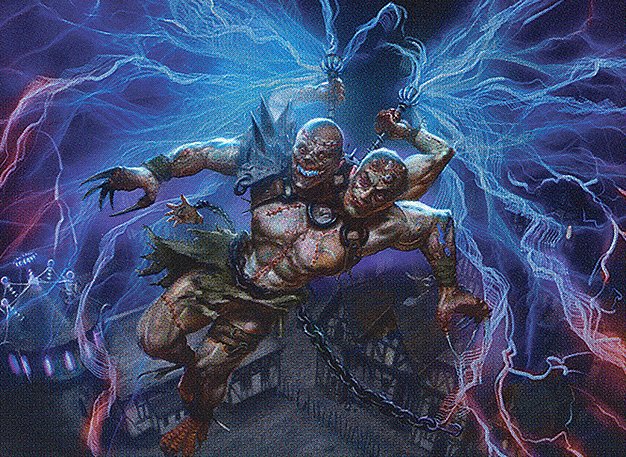
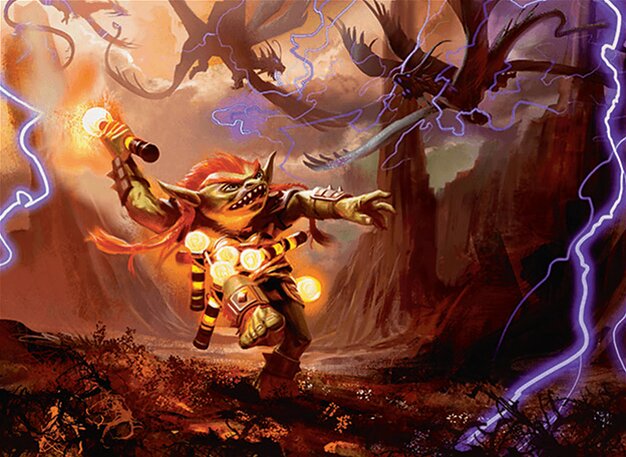
Kraum, Ludevic's Opus and Vial Smasher the Fierce
Aggressive spell-slinging deck that deals damage through casting spells and leverages card draw from commander attacks to maintain tempo and pressure opponents.
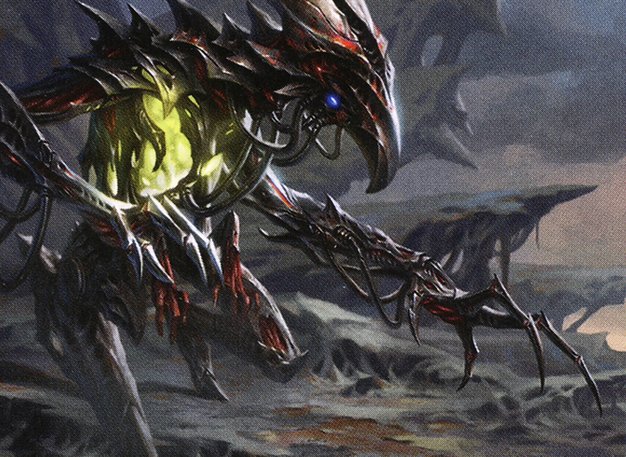
Brudiclad, Telchor Engineer
Utilizes token creation and copying to flood the board and transform tokens into powerful threats, aiming for overwhelming board presence and synergy-driven combos.
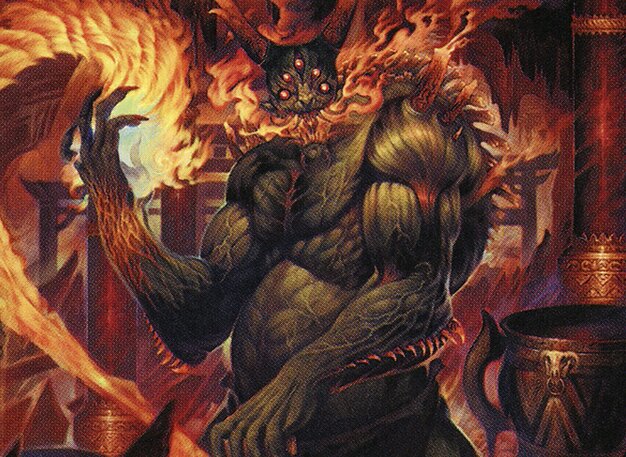
Hidetsugu, Devouring Chaos
A damage-focused deck that uses Hidetsugu's ability to repeatedly deal damage to opponents and creatures, aiming for a fast and explosive game with direct damage.
Gameplay Insights
- 1
Starting with mana acceleration such as Sol Ring allowed players to develop their board quickly and execute their strategies efficiently.
- 2
Wulfgar's melee ability combined with doubling attack triggers made combat phases particularly punishing when paired with large creatures.
- 3
Kraum and Vial Smasher's synergy of dealing damage while drawing cards helped maintain pressure and card advantage simultaneously.
- 4
The game featured a mix of aggression and strategic pacing, with players balancing between developing their board and managing opponents' threats.
Notable Cards
-

Sol Ring
-
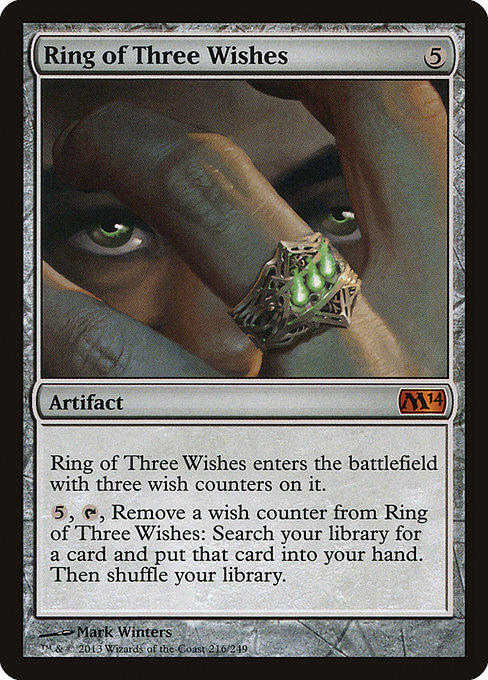
Ring of Three Wishes
-

Wulfgar of Icewind Dale
-

Kraum, Ludevic's Opus
-

Vial Smasher the Fierce
Gameplay Summary
The Commander game began with players setting up their strategies around their chosen commanders.
Cherise opened with Wulfgar of Icewind Dale, focusing on doubling attack triggers and building a board presence with beefy creatures to maximize melee damage.
Colin played the classic Kraum, Ludevic's Opus and Vial Smasher the Fierce pairing, emphasizing aggressive spell slinging and card draw to maintain pressure.
Early turns featured typical ramp plays such as deploying mana rocks like Sol Ring to accelerate development. The gameplay unfolded with each player trying to leverage their commanders' strengths.
Wulfgar aimed to overwhelm opponents with multiple combat triggers, while Kraum and Vial Smasher sought to chip away at life totals through efficient damage and card advantage.
The game also included some lighthearted moments involving player interactions and house rules, but the main focus remained on tactical plays and resource management.
Key turning points involved players managing their resources and board states to avoid early elimination while setting up for later impactful turns.
The game progressed with players balancing aggression and defense, trying to capitalize on their commanders’ unique abilities to secure victory.



















![Commander VS S14E4: Hallar VS Kambal VS Brudiclad VS Ob Nixilis [EDH] thumbnail](https://i.ytimg.com/vi/jRld6Avk_R0/sddefault.jpg)

















![Favorite Commanders Of 2022 [Commander VS 323] | Magic: the Gathering Commander Gameplay thumbnail](https://i.ytimg.com/vi/kL93XxXdn28/sddefault.jpg)







